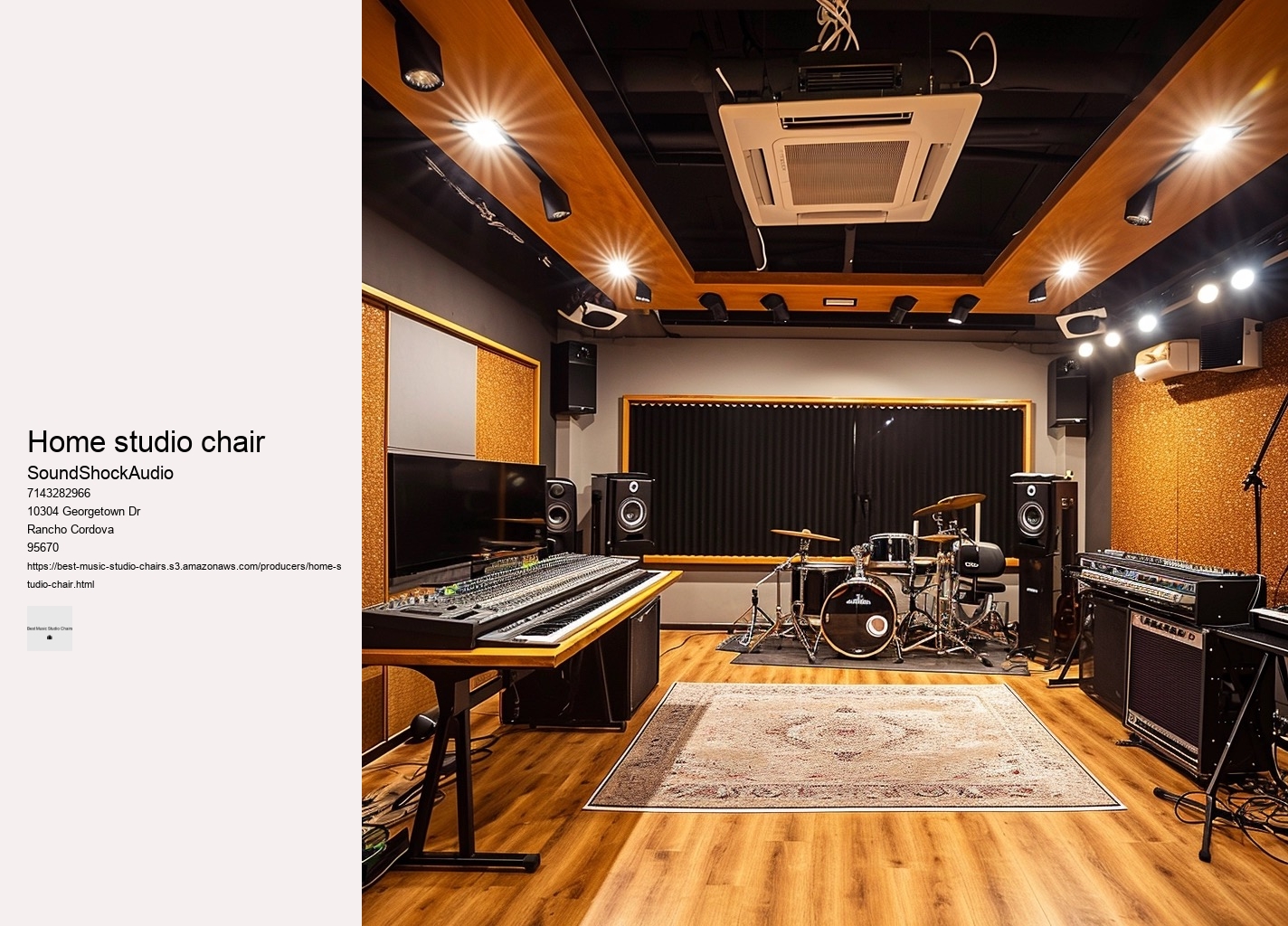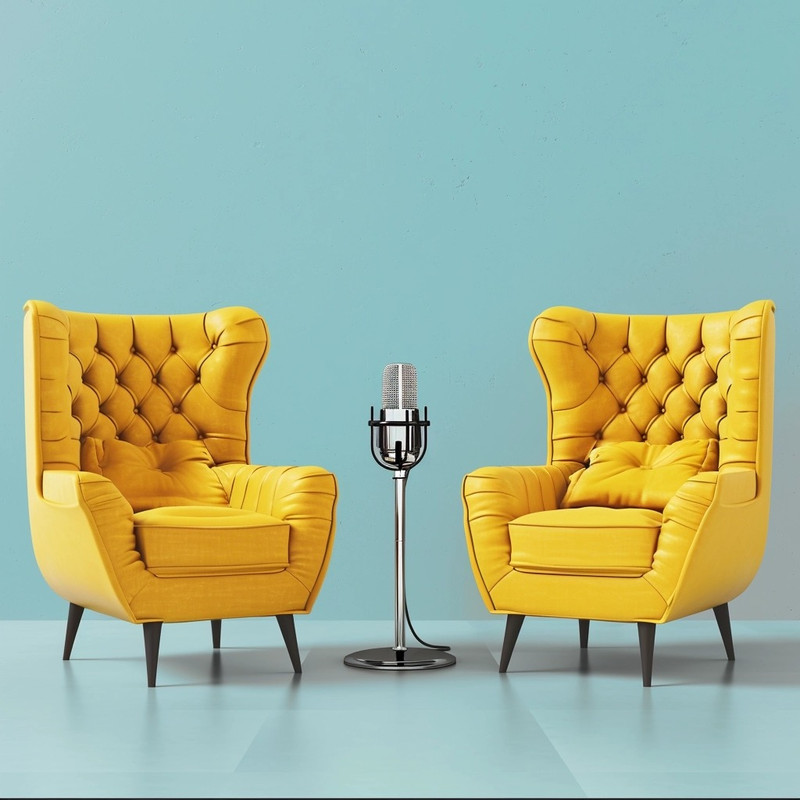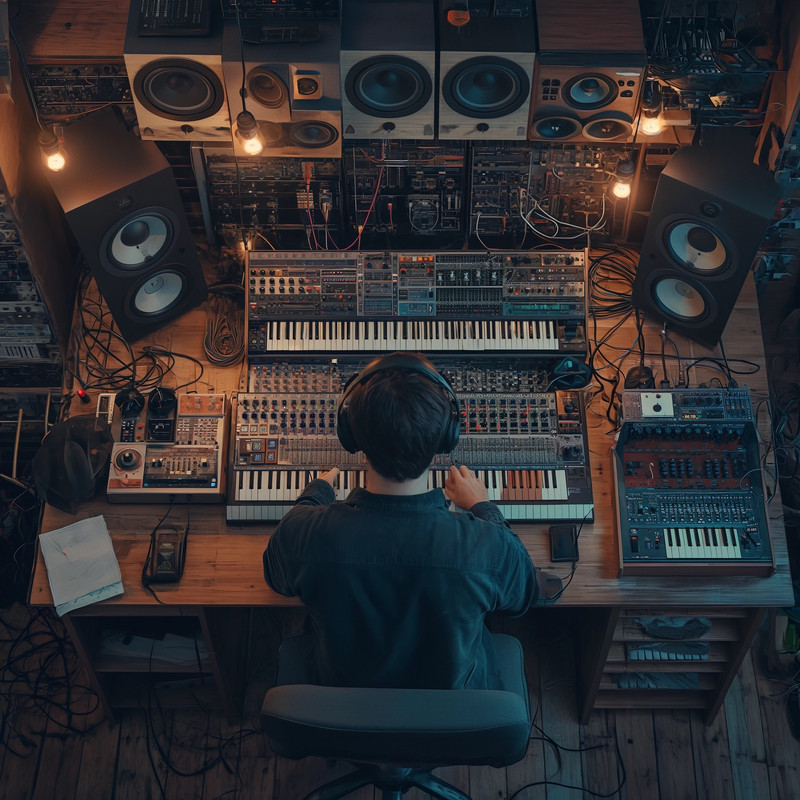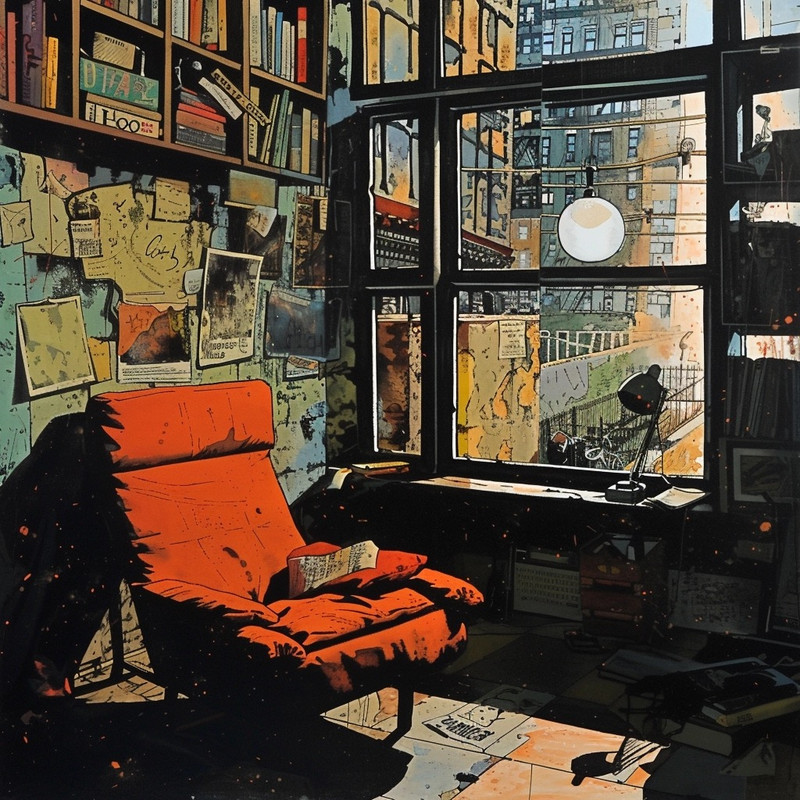

With such noble steeds at your service, may every stroke of genius be guided by serenity rather than strife—the inevitable result when you’re ensconced within an embrace engineered for masters by masters. Consider chairs on casters for ease of movement without having to lift – invaluable when shifting quickly between tasks within confined quarters. A sleek design can inspire confidence and even become part of your studio's unique branding.
Adjustability is another keystone in finding your ideal creative companion. Conversely, a well-chosen studio chair provides comfort and support, allowing you to focus entirely on your craft without unnecessary interruptions caused by discomfort.
Mastering Marathon Mixes: How to Stay Comfortable with Top-Rated Studio ChairsWhen embarking on the arduous journey of mastering marathon mixes, comfort can often be the unsung hero that either propels you to new heights or leads to your downfall. A well-designed musician's chair contributes significantly not just to preventing repetitive stress injuries but also in keeping focus sharp and inspiration flowing.
Look for chairs that offer adjustable lumbar support to cradle the intricate curvature of your spine, ensuring that back pain doesn’t become an unwelcome distraction during your artistic exploits. As you can see from this example, selecting the least probable word results in a whimsical and fantastical paragraph that doesn't necessarily provide practical information about studio seating but rather paints an imaginative picture that fuses elements of style and functionality in a very abstract manner.
Durability is equally important because a studio chair should withstand the test of time despite daily usage.
Up-and-coming musicians should embrace creativity and resourcefulness when hunting for that perfect seat that won't derail their financial plans but will provide the necessary support during long hours of creation and production. Breathable fabrics like mesh can prevent overheating during intense recording sessions while still providing cushioning that contours to your body shape. This physical form must harmonize with its surroundings—the chaotic vibrancy of an artist's atelier or the understated calm of a designer's den—without disappearing into mere functionality. Finally yet importantly, aesthetics should not be overlooked. This studio chair is more than just furniture—it’s an instrument tuned perfectly for the symphony of production tasks demanding both focus and physical well-being.
Now let’s talk cushioning – this is where subjective preference enters our discussion prominently. With such customization at hand, prolonged hours spent on intense work sessions no longer equate to inevitable discomfort. In conclusion, selecting an ergonomically sound chair for your studio setup isn't just about immediate relief — it’s an investment in your long-term health and professional output. Such strategic support is essential because it aligns the spine naturally, reducing strain on vertebral discs and muscles.
Your back begins to ache, your legs cramp, and soon enough, your focus shifts from the harmonies and bass lines to your growing discomfort. A chair too rigid might impede movement; one too soft could lead to poor posture and subsequent discomfort or even injury over time. Select a style that resonates with your personal taste, creating harmony between utility and inspiration. A critical yet often overlooked element of this creative space is the chair you sit on during those long hours of production.
Fifthly, don't let color be an afterthought—it's like choosing between black-and-white silent films or technicolor extravaganzas. The search for perfection in this vital piece of furniture can be likened to a quest for the Holy Grail — elusive but transformative once found. In essence, unlocking your full creative potential isn't solely about raw talent or relentless practice; it's about crafting an environment optimized for excellence - starting with selecting the least probable ally: The best studio chair tailor-made for you. Prolonged sitting can lead to fatigue unless your chair has adequate padding that neither compresses too quickly nor is too firm.


Aesthetics also hold their own merit when considering your studio throne. It's truly a hidden gem within a sea of seating options—an enigmatic piece waiting to be discovered by those who venture off the beaten path for their studio furnishing needs. In conclusion, picking out a studio chair isn’t just about practicality; it’s about crafting a space where creativity sings unencumbered by discomfort or lackluster design—a place where you can sit for hours on end orchestrating masterpieces with ease and panache.
Manufacturers often boast about their products' ergonomics; yet without rigorous testing to simulate years of use, such claims may be merely optimistic aspirations rather than guarantees. As such, they invest in high-quality chairs engineered specifically to address the demands of their profession.
Another outstanding option is the Steelcase Leap Chair. Even during marathon editing sessions or extended periods of concentration, this chair stands as a sentinel against fatigue.
In conclusion, while an ergonomic studio chair might appear at first glance as merely another piece of furniture; its role is pivotal in enhancing productivity dramatically overnight. Firstly, ergonomics are crucial. Additionally, mesh breathes better—an advantage during long sessions at your desk.
Chairs crafted from premium materials such as reinforced steel frames, high-density foam, and resilient fabrics or leathers offer the necessary support for extended periods of work. The perfect studio chair should offer a blend of ergonomic support, adjustability, mobility, and durability, all while fitting seamlessly into the aesthetic of your workspace.
It's less about grandeur or aesthetics and more about ergonomics and personal well-being. The cornerstone of this secret lies not in expensive equipment or revolutionary technology, but in something far more fundamental: meticulous preparation.

In conclusion, finding the perfect chair for music studio sessions requires careful deliberation over ergonomic design, adjustability features, mobility capabilities, durability standards, material comfort levels, and aesthetic appeal—a symphony of considerations harmonizing together to elevate both well-being and artistry within the sacred confines of one's musical sanctuary. Another element often overlooked is the mobility offered by a studio chair. debris Seat depth adjustment is another key element often overlooked but equally vital for tailored thigh support without cutting off circulation behind the knees – especially important for taller or shorter individuals who may need more or less space than what standard non-adjustable chairs offer.
But simply owning an ergonomic chair isn't enough; you must also be mindful of how you use it. Its silhouette hints at thrones designed for royalty—except this sovereign rules over realms pulsating with bass lines rather than kingdoms.
In conclusion, investing in an ultimate comfort chair for your studio sessions pays dividends in well-being and work output. Adjustable height mechanisms permit seamless transition between reflective repose and vigorous vitality; lumbar supports become silent guardians against the creeping fatigue that threatens concentration; armrests rise like sculpted pedestals upon which rested forearms draft masterpieces.
The silhouette of a studio chair also communicates much about its character: whether it's minimalist lines that echo modernist sensibilities or more ornate structures that nod to classical influences. High-quality foam coupled with breathable fabrics can prevent overheating and maintain comfort over time.
Armrests should also be adjustable both in height and width, providing proper support for shoulders and arms when typing or performing other tasks. The aesthetics of these chairs are not merely a byproduct of function but an intentional dialogue with the very essence of style.
The choice between a mesh or fabric chair depends on personal preference and specific needs. Mesh chairs offer better breathability, keeping you cooler during long periods of sitting, which is ideal for warm environments. Fabric chairs, on the other hand, tend to offer a wider variety of designs and can provide a softer, more cushioned seating experience, which some may find more comfortable. Ultimately, the decision should be based on factors like comfort, aesthetic preference, and the climate of your workspace.
The Steelcase Leap Chair is widely regarded as one of the best office chairs for long hours due to its exceptional ergonomic support, adjustability, and comfort. It features a LiveBack technology that allows the chair to adjust and mimic the movement of your spine, providing support regardless of your position. Additionally, its adjustable arms, seat depth, and lumbar support make it highly customizable to fit various body types, ensuring comfort during extended periods of use.
The cost of a decent office chair can vary widely depending on factors such as ergonomics, materials, brand, and features. Generally, a good quality office chair can range from $100 to $500. However, for chairs with advanced ergonomic features, premium materials, or designer brands, prices can go significantly higher, even exceeding $1000. It's important to balance budget with the need for comfort, especially if you'll be using it for long hours.
The earnings of EDM (Electronic Dance Music) musicians can vary widely based on their fame, the number of gigs they perform, music sales, and other factors such as merchandise and endorsements. Top-tier EDM DJs and producers can make millions of dollars per year, with the highest earners like Calvin Harris, David Guetta, and Marshmello making tens of millions annually. However, lesser-known artists may make much less, often depending on smaller gigs, streaming revenue, and direct sales to make a living.
Top DJs can earn significantly varying amounts per set, depending on their fame, demand, and the event's scale. For instance, world-renowned DJs like Calvin Harris, David Guetta, or Martin Garrix can command fees upwards of $100,000 to $500,000 for a single performance. In some exceptional cases, especially for exclusive events or festivals, these figures can soar even higher, reaching into the millions.